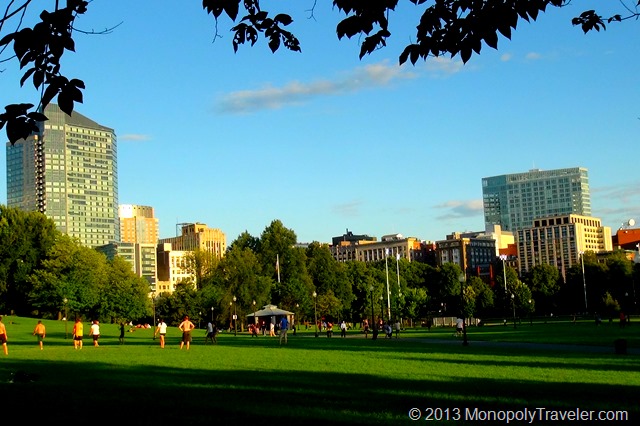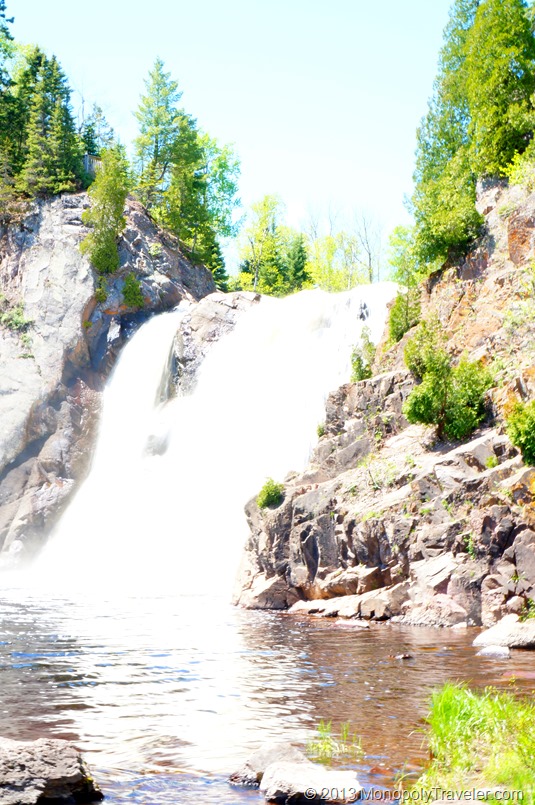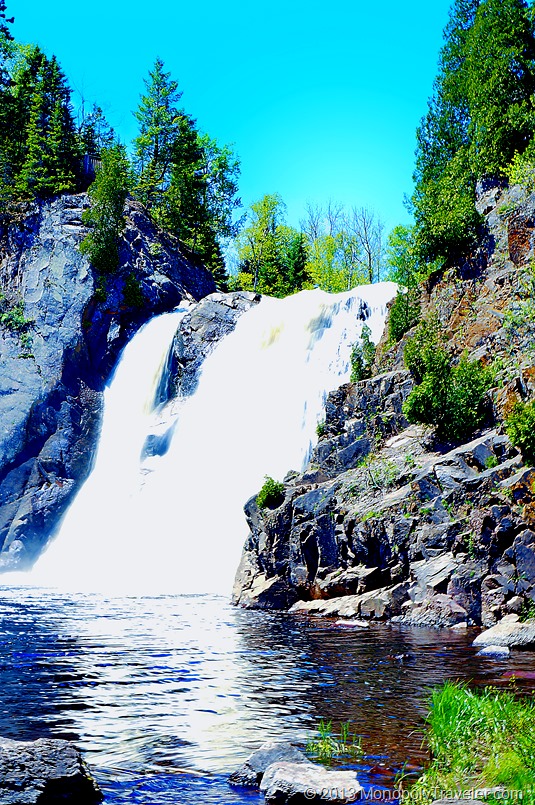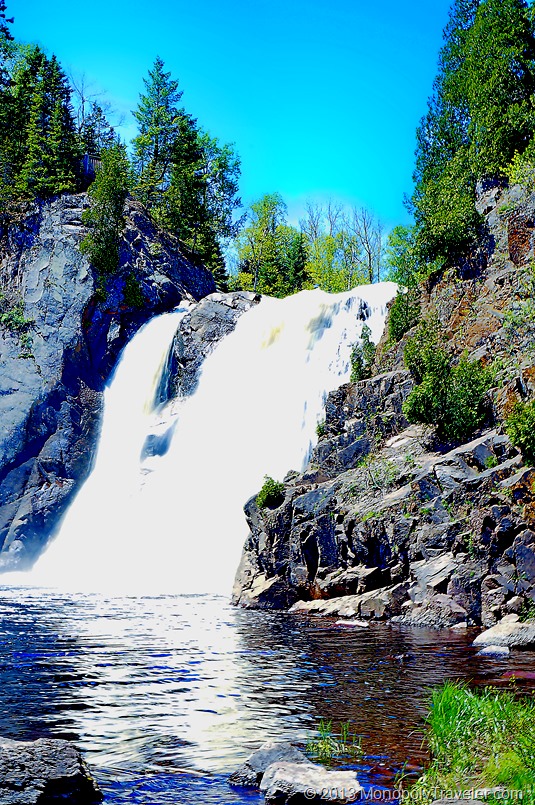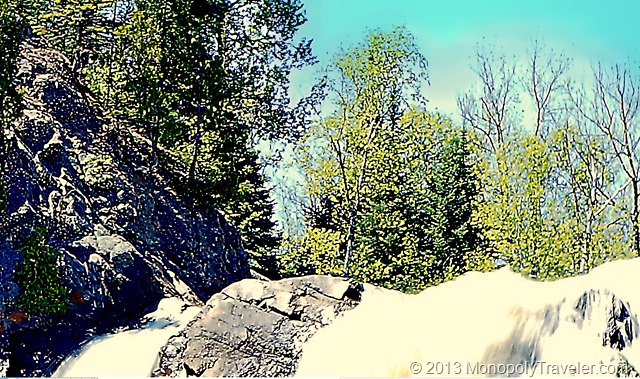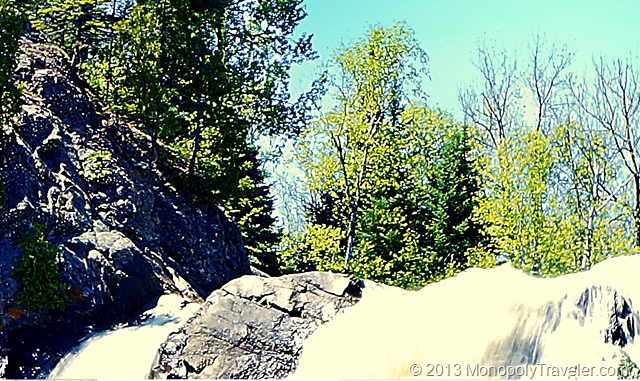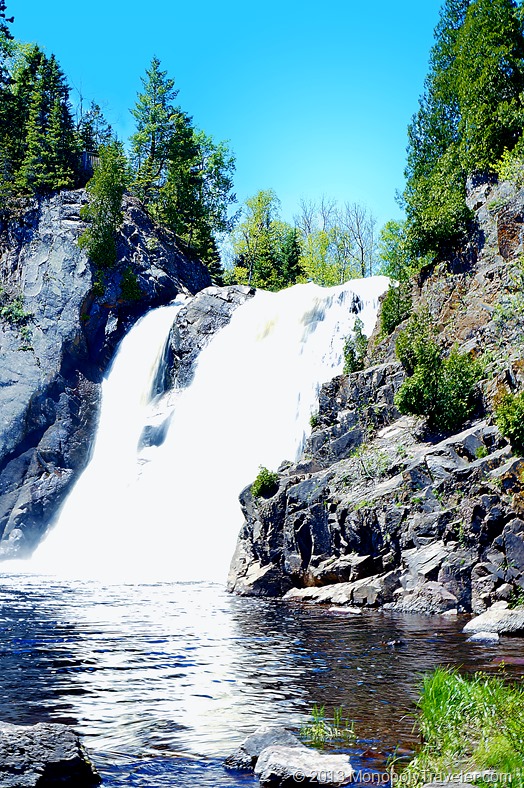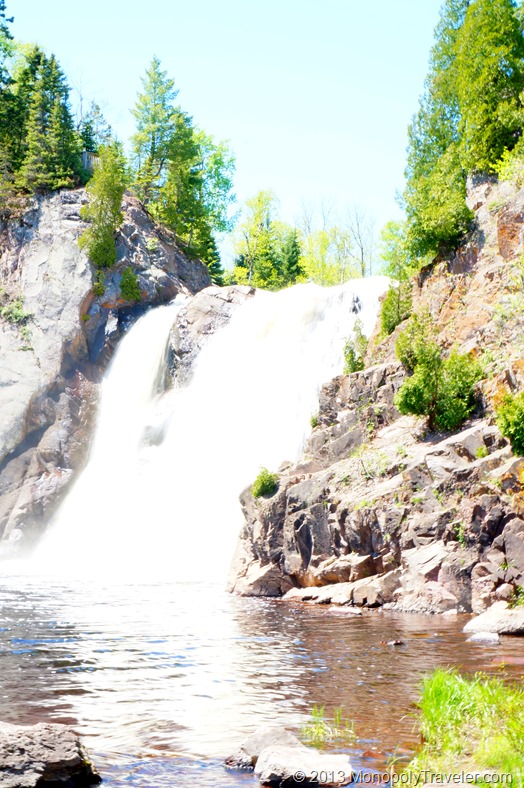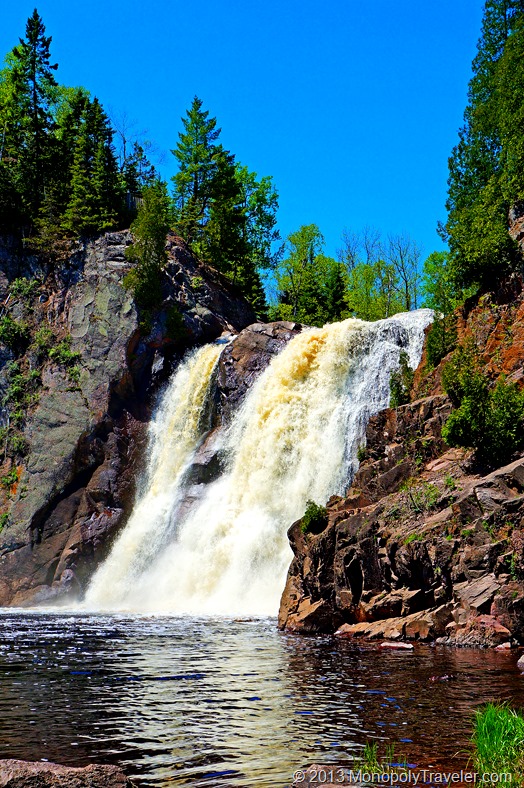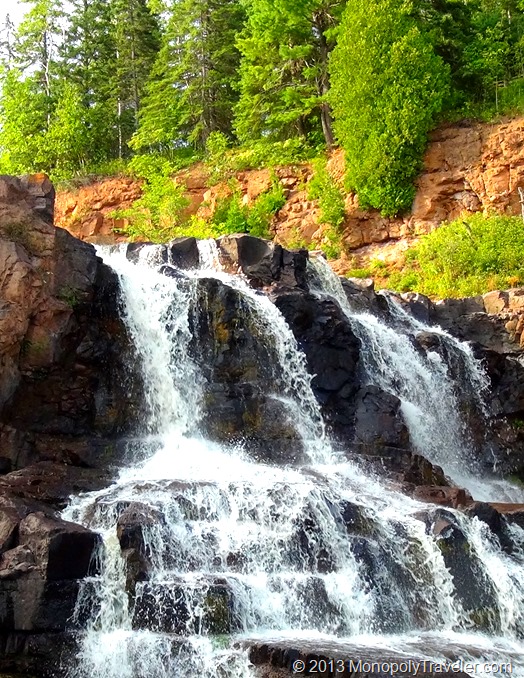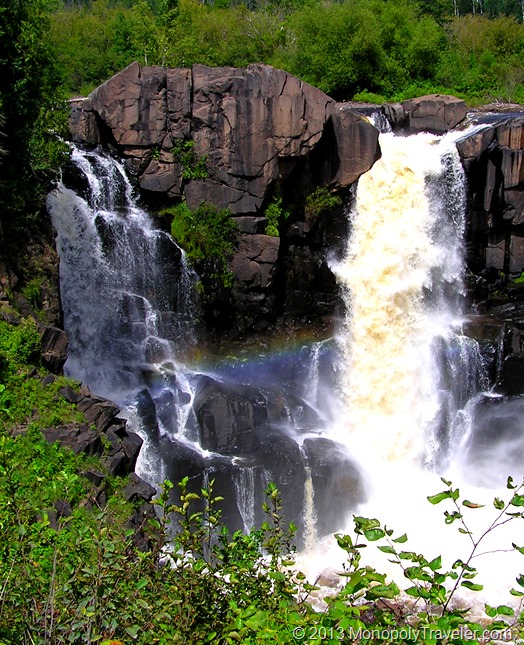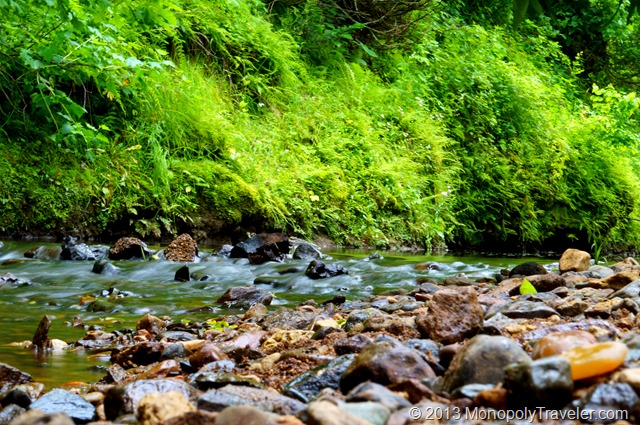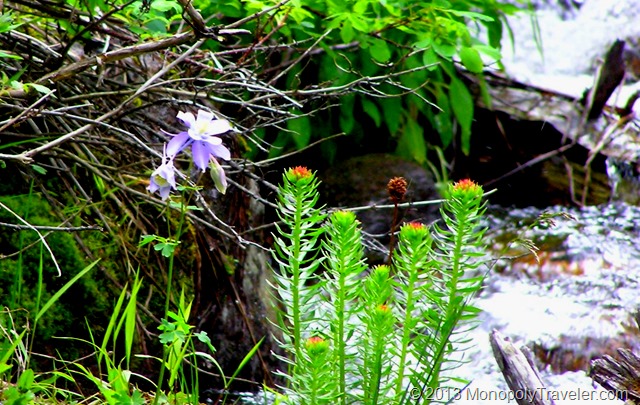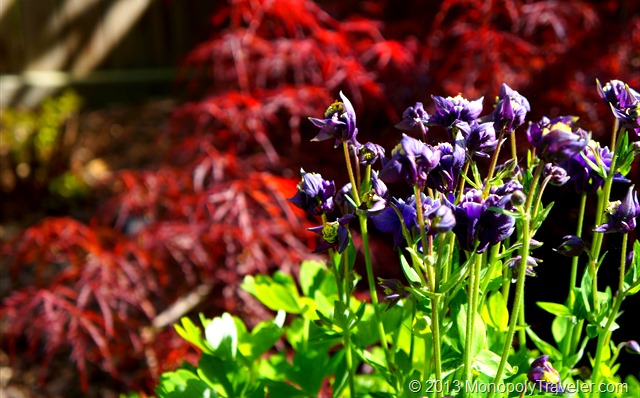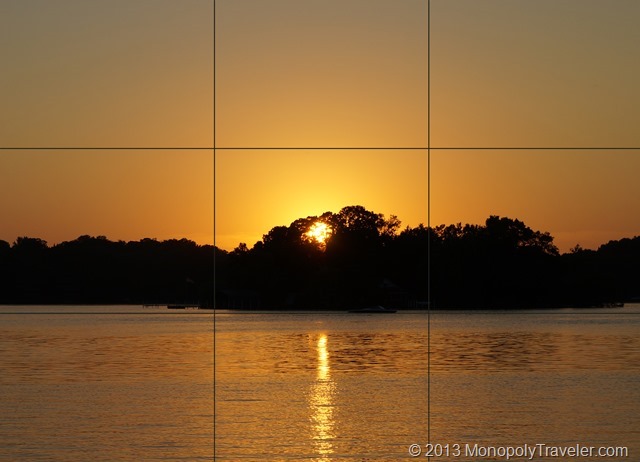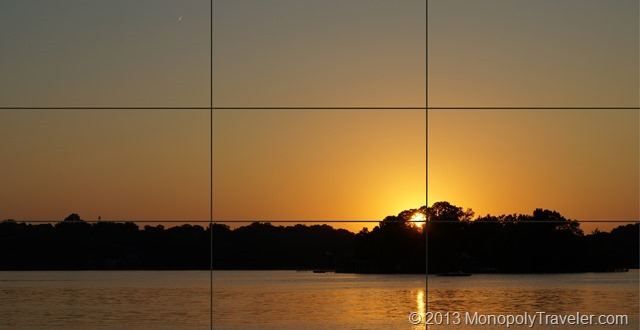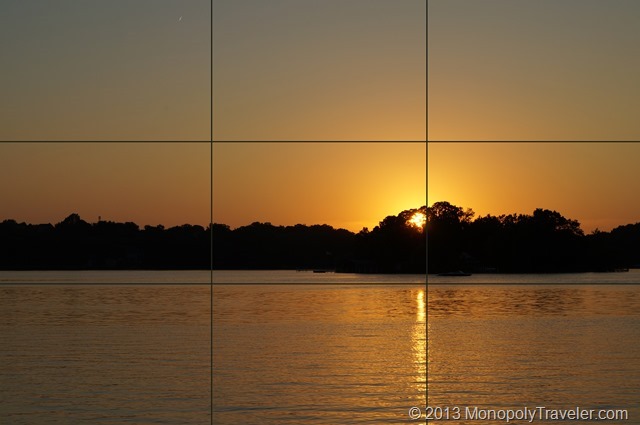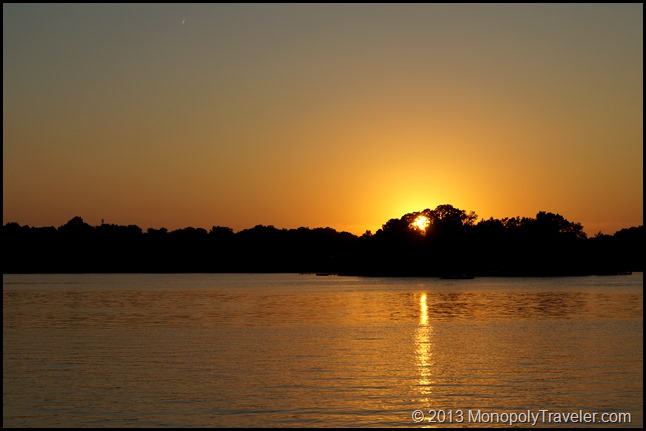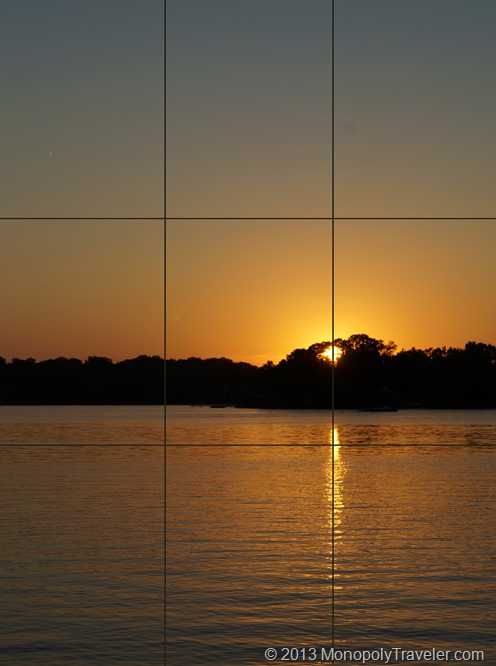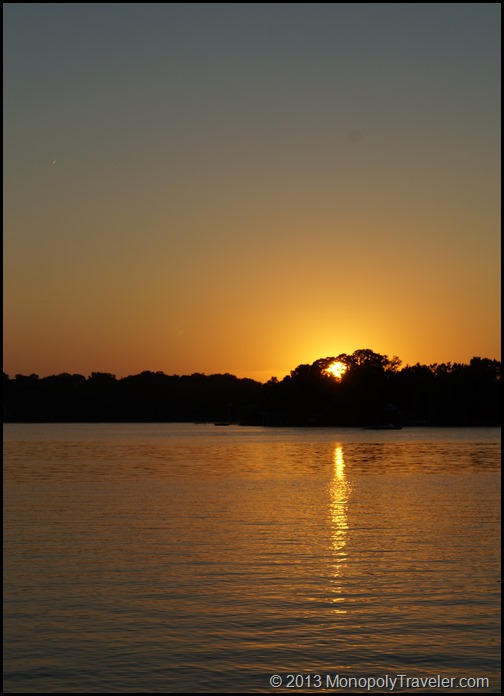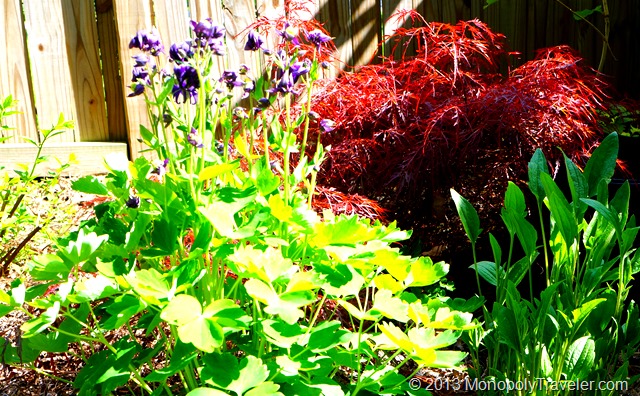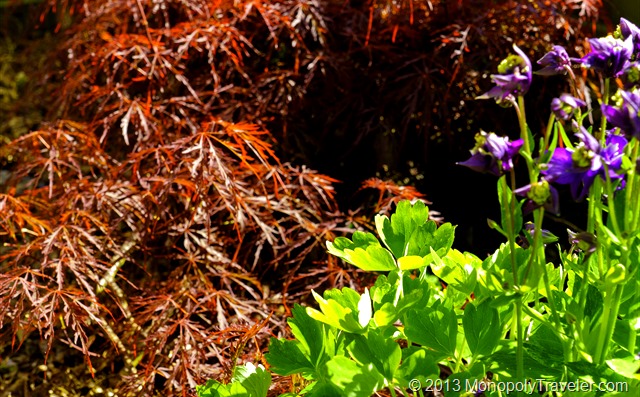Do you ever have a day that starts early and is jam packed with fun things to do all day and ends late? They don’t come around very often it seems but when they do you can look back on it and know you made the most of each hour given to you on that day. That’s how our day going out to Washington was. We knew it was going to be a full day but not quite sure how long.
Our morning began at 3 AM which was just a few minutes before the alarm would be blaring at us to wake up. Instead of waiting to be assaulted by a noisy little box we got up, turned it off and began the days journey excited for the adventure ahead. Less than an hour later the car was packed and headed to join a few family members on our way to the airport. By 6 AM more family members met us at the airport and we were grabbing a quick breakfast while waiting to board the airplane taking us to Seattle, where this vacation would begin. Shortly after 10 AM beautiful mountain vistas began appearing outside of the airplane windows and before we knew it the popular Mt. Rainier was below us with Seattle just ahead.
Quickly disembarking, well as quickly as several hundred people can get off an airplane, it was off to get luggage and take the light rail downtown where the cars were. Once everybody was safely secured in their respective automobiles it was already time for lunch. Wow this day seems to be moving quickly! With lunch in the rear view mirror it was off to Sequim to spend the night just outside of Olympic National Park. The route took us into Tacoma and around Puget Sound before heading towards Sequim. It took about three hours to drive from Seattle to Sequim getting us there just after 6 PM.
At this point much of the group just wanted to get dinner and relax from a long day of travels. Admittedly I was tired but adrenaline pushed a small contingent to begin exploring Olympic National Park. A few minutes to grab the camera and a bottle of water before settling back into the car for a 45 minute drive to the nearest visitor center while grabbing a bite to eat on the run. We arrived at the visitor center just as they were closing but decided to finish our meal on one of the nearby picnic tables and enjoy the evening and the surroundings before heading up the mountain the Hurricane Ridge.
As soon as the car doors opened at the Hurricane Ridge Visitor Center a fawn and mother black tailed deer were there to great us. Most likely looking for scraps from the numerous visitors there early that day. Seeing wildlife really enhances a visit to any national park making the experience feel more fulfilling. The evening was upon us and the sun was heading for the horizon so any exploring needed to be completed soon. Hiking a nearby trail, a spot was found to gaze into the horizon as the sun marched towards it, spreading it’s amazing colors throughout the sky. I couldn’t think of a better place to be during the remaining few hours of this day.
Darkness continued to creep closer and closer to us but not to worry. First of all, we were fairly close to the car and secondly we had flashlights this time, not like in Acadia National Park. Having been practicing night photography I thought this would be a great opportunity to capture a gorgeous night sky so off to a nearby picnic area to setup the camera before it was too dark. Just as the stars were beginning to peek out a bright light appeared on the horizon. It must have been a full moon. The mountainous landscape lit up all around us. Well, photos full of stars and possibly the Milky Way were out of the question. Obviously I did not do my homework on the timing and phases of the moon this night. What do you do when handed lemons? Take pictures of the moonscapes I guess.
Spending the next hour taking photos it was time to call it a day. While the camera was shooting away at the night sky I realized a day like this when you take advantage of every minute of breath makes many other days mundane by comparison. The question of how to take advantage of every breath most days arises instead of falling victim to the daily routine we get so use to that we almost lose the appreciation of the day. Arriving back at the hotel it was after 1 AM – 22 hours after the day began. With a smile I quickly drifted off to sleep excited to continue our adventure the next day.
Life Experience Gained: Mountain landscapes from an airplane, The Seattle landscape, lightrail, downtown Seattle, Puget Sound, Olympic National Park, and most importantly the first time I conscientiously realized how much I enjoyed this day and all we did.

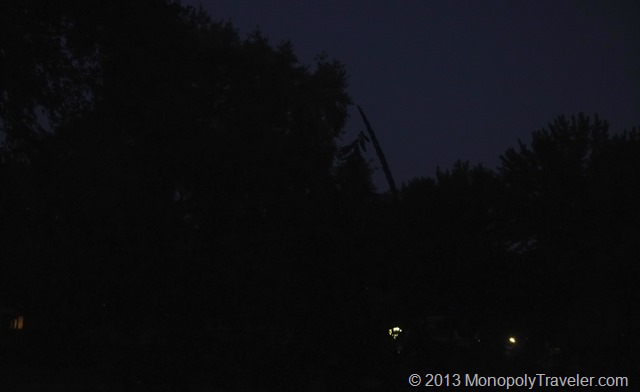
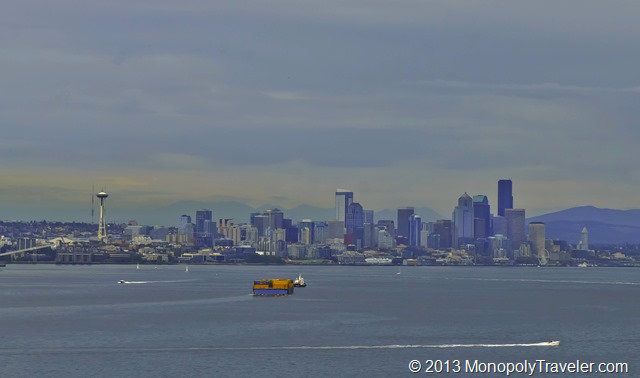
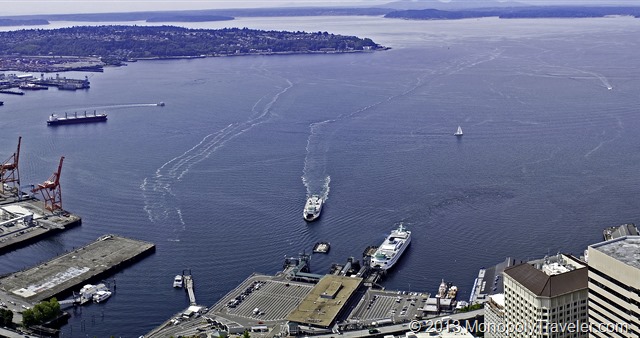
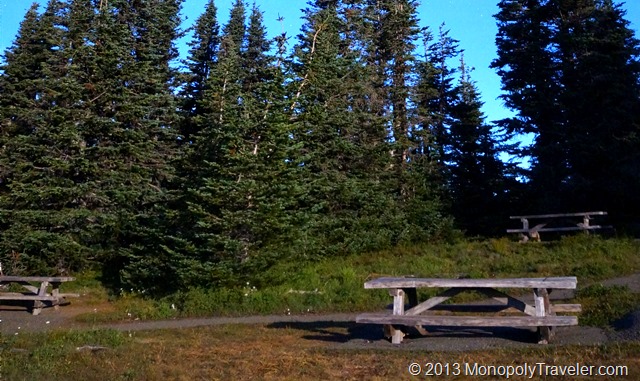
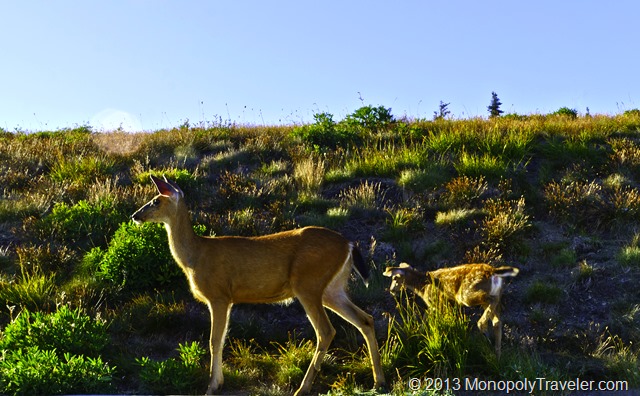
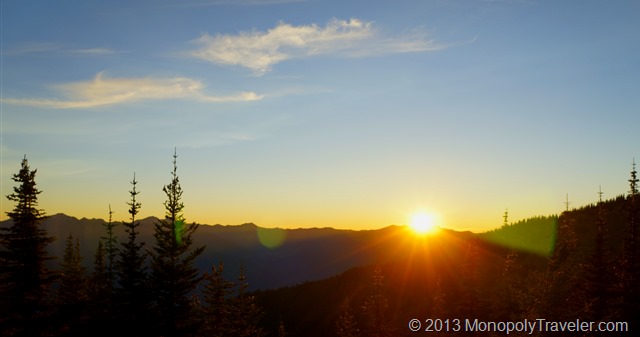
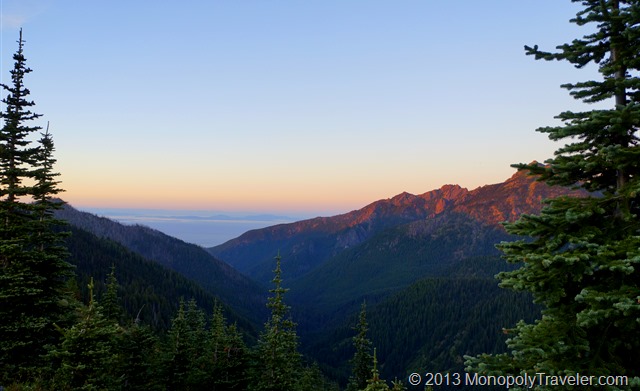
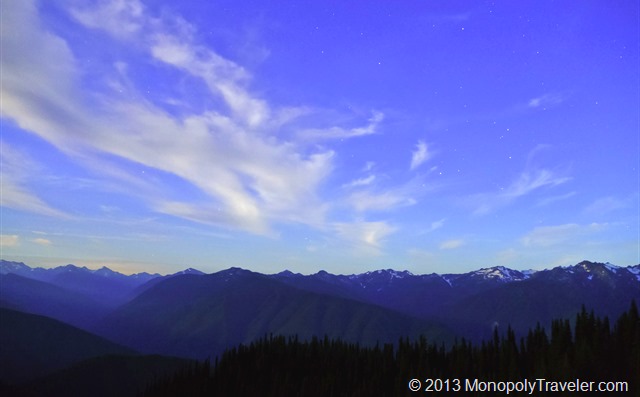
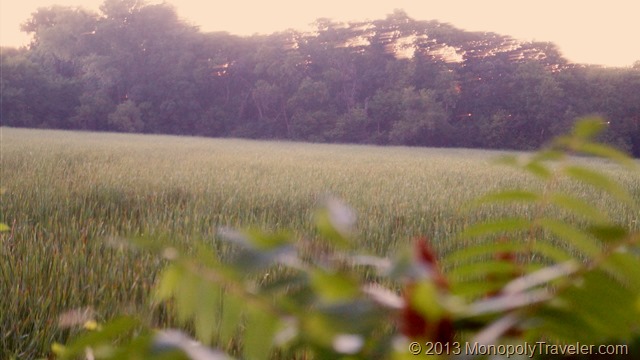
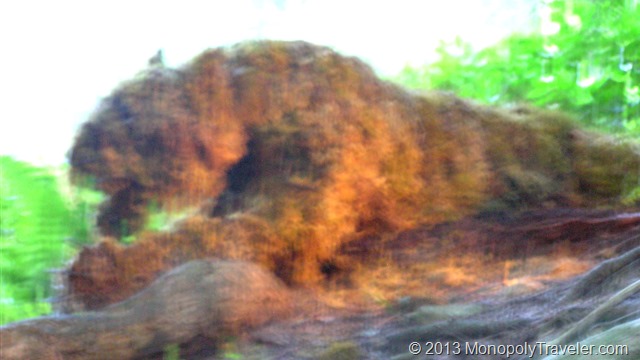
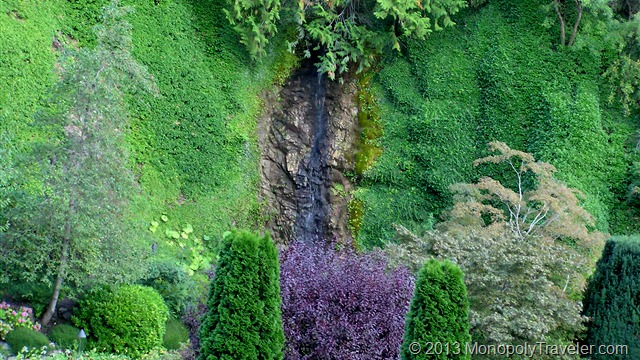

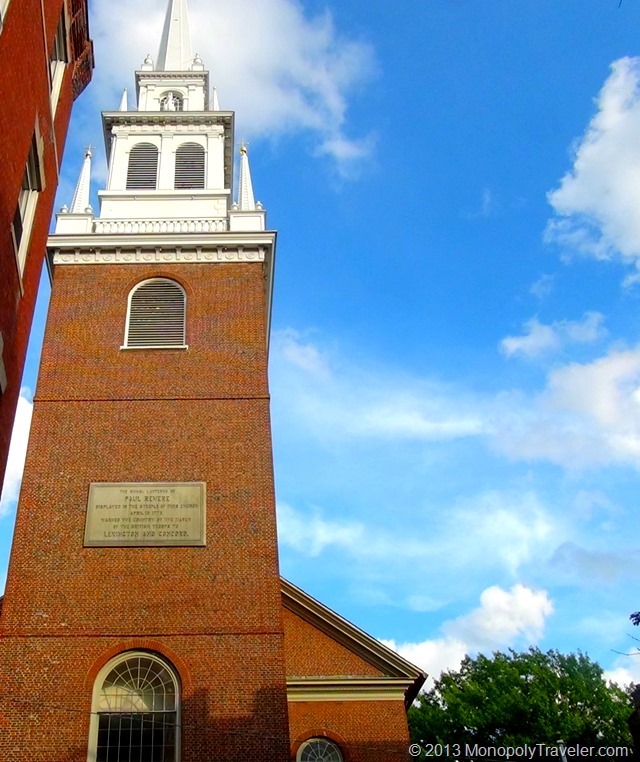
![New England '11 096[1]_thumb[16] New England '11 096[1]_thumb[16]](http://monopolytraveler.com/blog/wp-content/uploads/New-England-11-0961_thumb16_thumb.jpg)

